As climate change worsens, sustainability is no longer optional—it’s essential. For Gen Z and Millennials, eco-friendly housing is not just about saving the planet but also about long-term cost savings and healthier living environments.
What is Green Real Estate?
Green buildings are designed to use resources efficiently and minimize environmental impact. Common features include:
- Solar panels for renewable energy
- Rainwater harvesting systems
- Energy-efficient lighting and insulation
- Eco-friendly construction materials
- Green roofs and vertical gardens
Why Younger Buyers Prefer Green Homes
- Environmental Responsibility – A significant portion of Gen Z wants to reduce their carbon footprint.
- Cost Savings – Energy-efficient designs lower monthly bills.
- Wellness-Oriented – Better ventilation, natural light, and toxin-free materials improve quality of life.
- Long-Term Value – Green-certified homes have higher resale value and demand.
Current Market Trends
- Over 2,000 green-certified projects exist in India, covering more than 2 billion sq. ft.
- Cities like Gurugram, Pune, and Bengaluru lead in eco-friendly housing adoption.
- Commercial real estate, too, is leaning toward sustainability, with corporates demanding green-certified offices.
Case Study
The Godrej Green Homes initiative markets properties with renewable energy features, eco-friendly design, and wellness-focused amenities.
Challenges
- Higher upfront costs for construction.
- Lack of awareness among middle-income buyers.
- Complicated green certification processes.
The Road Ahead
- Government incentives for green housing adoption.
- More developers integrating renewable energy in their projects.
- Rise of eco-townships with zero-waste management systems.
👉 Conclusion: Green real estate is both a moral responsibility and a smart investment. For the new generation, eco-friendly living is the future of real estate.

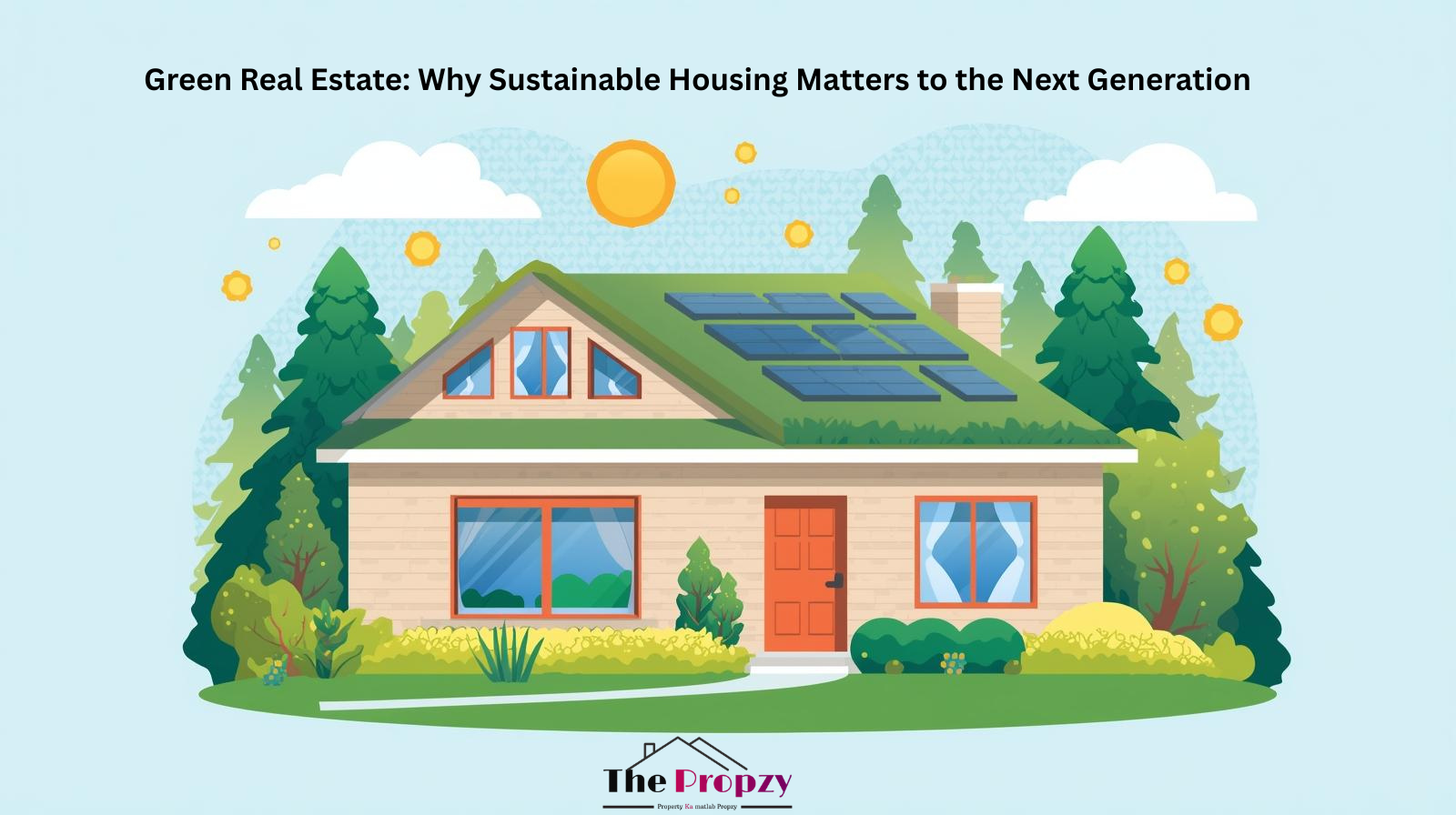
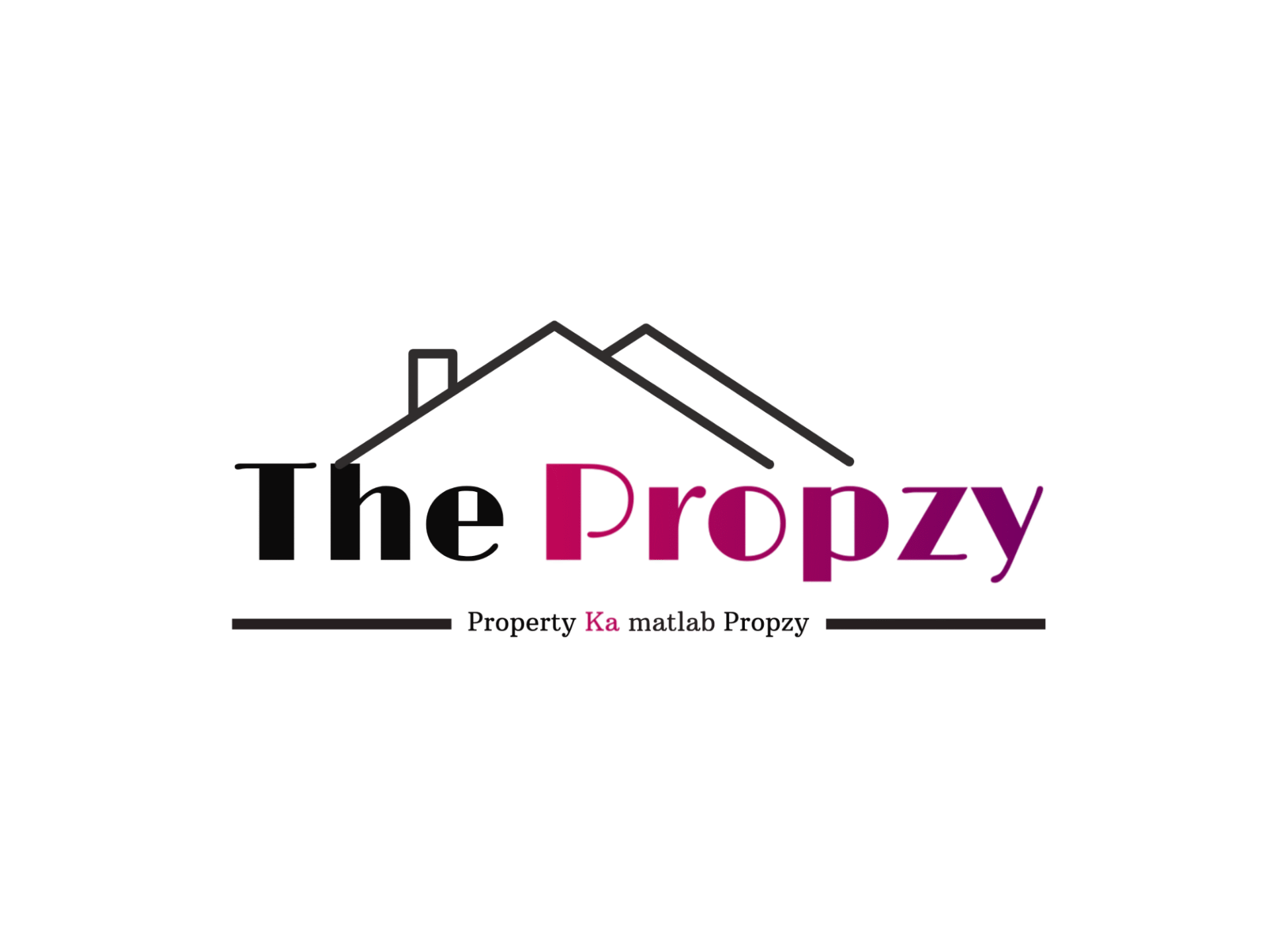
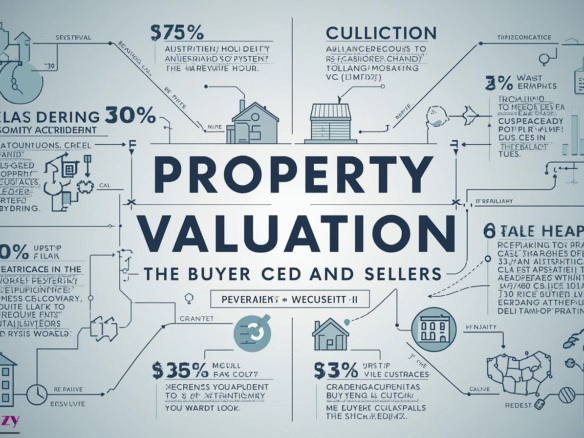
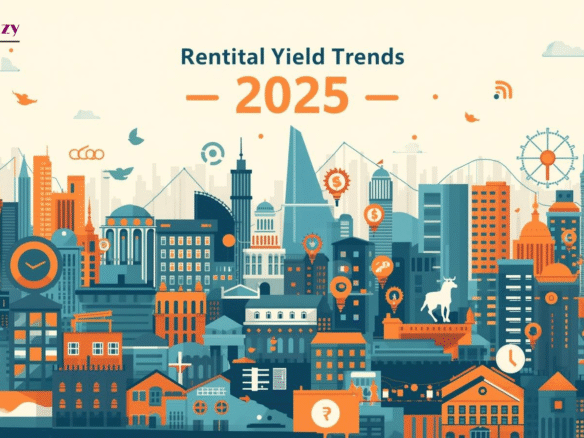
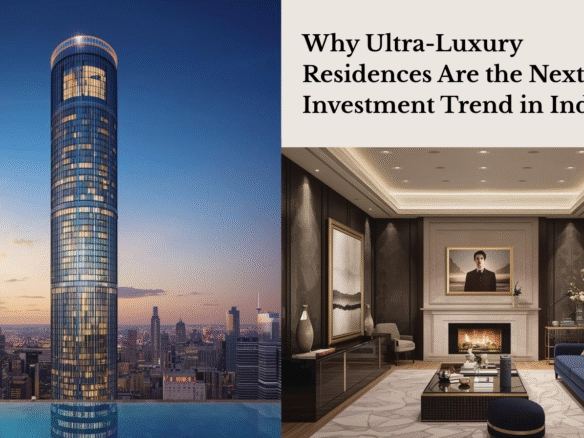
Join The Discussion